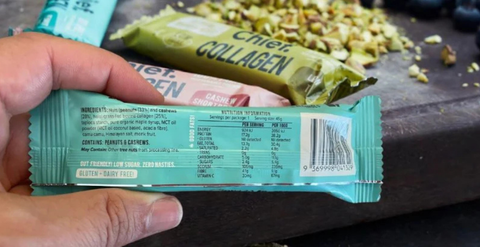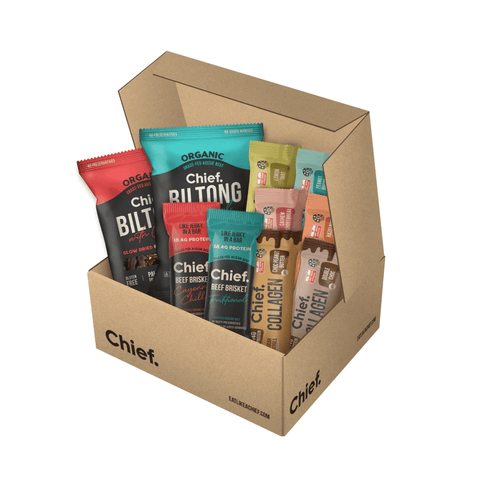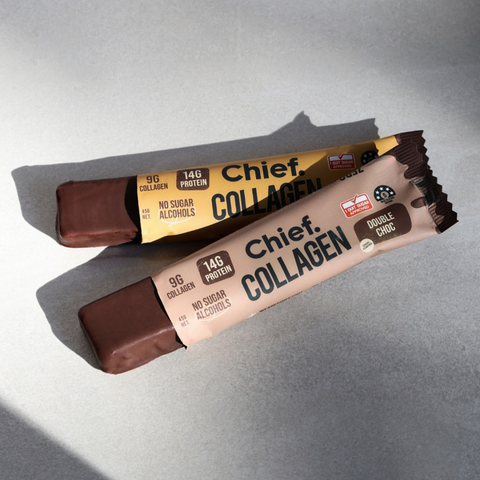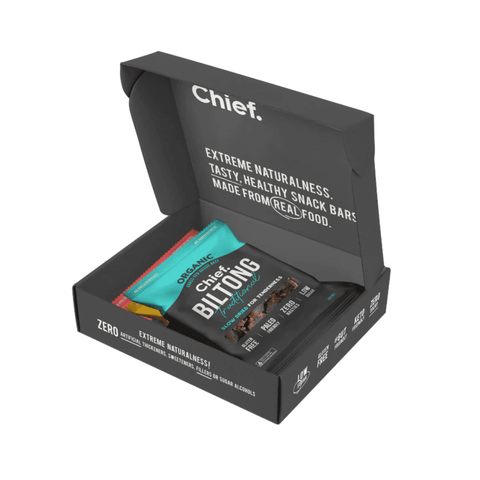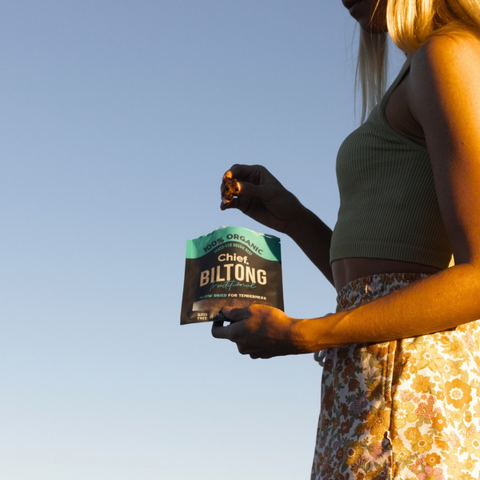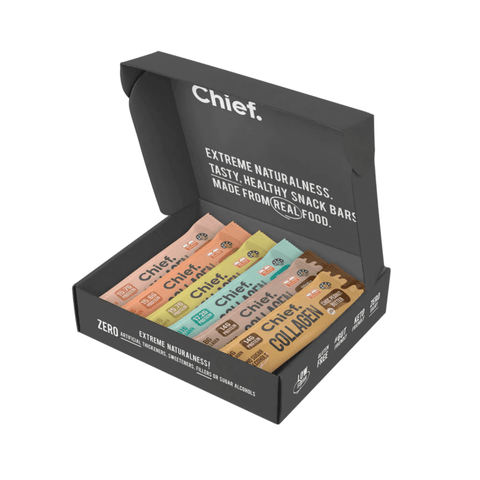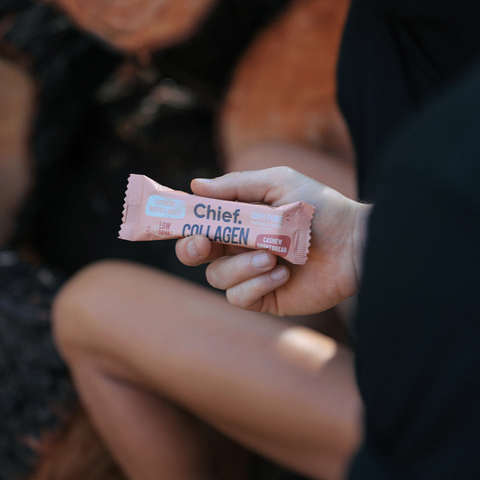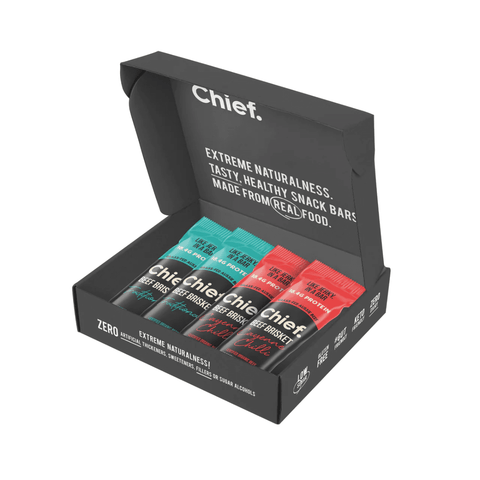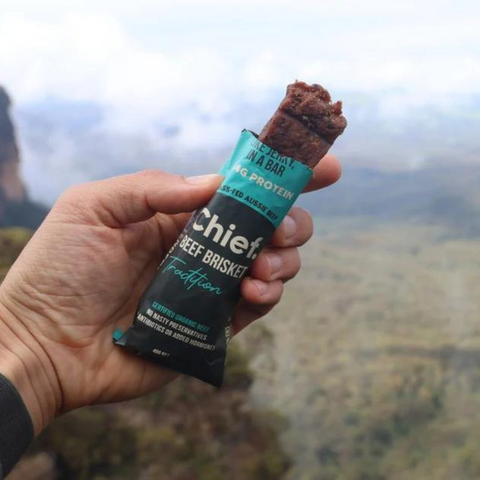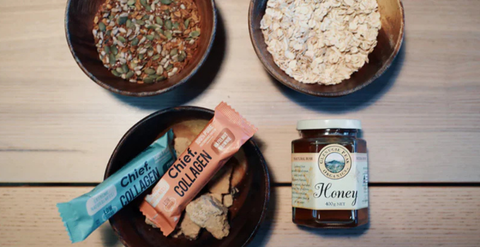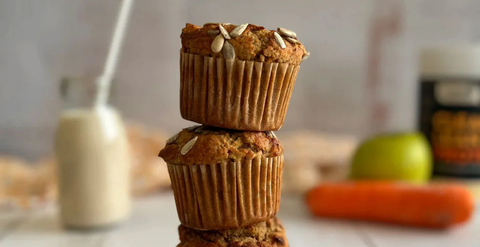They say it takes a single moment of inspiration to create your New Year’s resolutions and a grand total of ten days to break them.
Good planning will help you stick to your promises to kick the sugar habit, stop drinking booze, eat less (or smarter) carbs, go organic, lose weight generally, or simply get fit. BUT you also need to be well informed; and knowing exactly how to read food labels is a huge part of that.
Even some nutritionists and dietitians can get confused by all the whizz-bang, weird and wonderful ingredients on labels these days and that’s before we even get to understanding how much sugar (yes even the ‘natural’ kind) is too much.
Here are our top tips and general things to look out for when it comes to reading food labels.
First, check the percentage (100g), not the serve
When you’re checking food labels you should always look at the per 100g column first ahead of the per serving column. This gives you the percentage ratio of the nutrient level in foods and allows you to compare “apples-to-apples” with other foods, as serving sizes can vary significantly. Consider most cereals for instance – the serving size is often 30g. If you measure that out, you’ll see it’s quite tiny, and may be much smaller that what you would naturally serve yourself as a portion size.
Check the sugar
When it comes to sugar, you’re ideally looking for products with around 5g or less per 100g, but so long as it has single digits (less than 10g), you’re doing OK. Make sure most of that sugar is coming from natural ingredients like nuts (yep, there’s a bit of sugar in nuts) or dried fruit, rather than added sugars like syrups or even just ‘natural’ (i.e., refined) sugar. Dried fruit is ok in moderation, but because all the water content has been removed, the naturally occurring sugars are concentrated which means you can easily get more sugar than you realise in a small serving size.
Check the carbs
When it comes to carbs it all depends on what your goals are. If you’re keen to shift some weight, eating low carb is important, so you’d want to aim for lower carbohydrate products, with between 0-20g of carbs per 100g. You would also want to make sure you’re eating less than 100g of carbs in total per day, so watch your serving sizes too. Lastly, make sure any grains you eat are unrefined, whole grains like wild rice, quinoa, amaranth, steel cut oats etc. which are all good examples of this. Pasta and bread do NOT fall into this category, unfortunately!
Check the fat
Healthy, natural fats in the diet will actually help keep you lean, boost your immune system and improve brain function, so I rarely even glance at the fat content of products that I know are healthy (raw nuts, avocado, organic yoghurt, grass-fed meats, fish). It’s usually carbs and unnatural fats (think deep fried foods, donuts, biscuits, chips, margarines and processed oils, sweets) that stack on the weight, NOT normal, healthy fats. So, the only thing you should really pay attention to is whether the product contains trans fats or altered fats. Saturated fats from natural products, like grass-fed meats, can actually be good for you.
Check the fibre
This is perhaps the only nutrient that’s worth checking out ‘per serve’ and any product with more than 3g fibre per serve is a winner. The amount of fibre can also offset the carbohydrate content of food as well, as fibre is not digested by the body. Foods high in carbohydrates but also high in fibre will slow down the rate at which the remaining sugars are metabolised and absorbed by the body, helping to slow down the absorption of the simple sugars you want to avoid. High fibre foods keep you fuller for longer, feed your healthy gut bacteria and support optimal colon health.
Check the salt / sodium
How much salt you need is individual. If you have hypertension you will want to closely monitor your salt intake, but for most people salt is ok in moderation, and you shouldn’t need to worry about it unless you’re eating loads of processed foods full of salt (i.e., going nuts on the salt). A better choice when it comes to salt is natural, unrefined Celtic Sea salt or Himalayan pink salt which are also loaded with a full spectrum of essential minerals.
Check the ingredients
Try and choose products with as few ingredients as possible and that are close to their natural state. An apple is an apple, but apple juice is not the same, as the important natural fibre component is removed, and the sugars content concentrated instead. And an ‘apple-caramel-splice-treat’ sounds like something created in a factory and is bound to have a lot of undesirable added extras that you don’t want or need! Basically, if your granny doesn’t recognise an ingredient, it’s gotta go!
Don’t be fooled by ‘low fat’ products
Full fat, less tampered with products usually contain less sugar and more nutrients. They also help with satiety – keeping you fuller, for longer. Low-fat foods tend to have the fat component replaced by carbohydrates so instead of naturally occurring fats, you usually have elevated levels of refined sugars or worse. Kick them to the curb!
If in doubt?
If in doubt, stick to foods that don’t require a label at all – veggies, fruit, grass-fed meats, fish, eggs, nuts, beans and other ‘one ingredient’ products always win! Choose organic foods when you can to avoid things like pesticides and the wax on apples (which can contain gluten).

